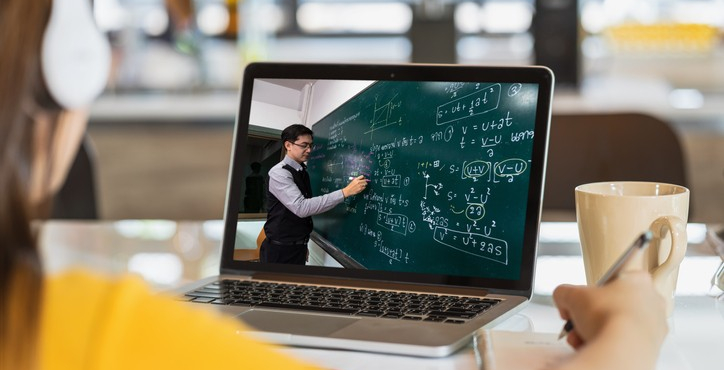How does Tutoring Preventing Learning Loss in Students?
One of the most challenging tests facing parents and schools this year is assisting students who have experienced learning loss. A study by the Stanford Graduate School of Education (GSE) provides new evidence about the COVID-19 pandemic’s impact on learning among elementary grades students. Second- and third-graders were most affected, the study found. Overall, students’ oral reading fluency – the ability to quickly and accurately read aloud – in second and third grade is now approximately 30 percent behind what would be expected in a typical year. Another study conducted by Mckinsey and Company found that students learned only 67 percent of the math and 87 percent of the reading that their same grade peers would typically have learned by the fall. Or in other words, this means students lost the equivalent of three months of learning in mathematics and one-and-a-half months of learning in reading.
What is the most effective intervention for learning loss?
Research shows that the most effective strategy to recouping learning losses is high-dosage tutoring—generally defined as one-on-one tutoring or tutoring in small groups at least three times a week or for about 50 hours over a semester. On average, the effect sizes are robust, and it is convincing, tutoring’s effectiveness on learning is among the largest of all interventions seen in education.
Tutoring seems to work on a wide range of subjects. Two recent meta-analyses studying the subject specificity of tutoring within the context of struggling readers in the elementary grades and elementary math programs found evidence of success for both content areas.
But why is tutoring so effective? In such small groups or one-on-one settings, teachers can better customize teaching to the specific content needs students have missed or the prerequisite skills they need to enhance. It’s easier for a student to develop a relationship and rapport with a dedicated tutor they see several times a week.
School vs. Private tutoring
Many school districts have attempted to do tutoring on their own, by offering afterschool programs or as a part of federally required interventions by the former, No Child Left Behind Act. But these low-dosage tutoring efforts don’t usually have the same impact as high-dosage tutoring. Typically, they also have fewer quality-control parameters, such as the tutor’s experience and expertise and variable attendance rates.
—
CreativeK12 provides customized lesson plans and individualized tutoring for every subject course, standardized test preparation, and AP classes. Our experienced tutors and student success team help learners meet and excel in their academic goals through critical skills development and guidance.
To learn more about how CreativeK12 can support your child’s academic success in this new virtual landscape, sign up for a free session with one of our tutors.




